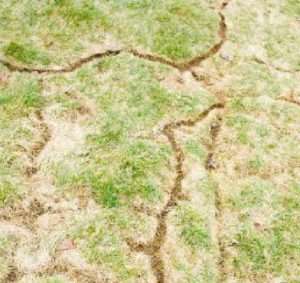Managing Vole Damage: Effective Control Techniques
Managing Vole Damage: Effective Control Techniques
Blog Article
Comprehensive Guide to Effective Vole Insect Control: Problem Recognition and Therapy Approaches
In the realm of reliable insect control, vole infestations pose an unique obstacle that demands a strategic strategy. By checking out the nuances of vole behavior, recognizing essential indications of invasion, and evaluating a range of control choices, one can create a detailed method to fight these evasive bugs.
Comprehending Vole Habits
Vole actions is characterized by their delving behaviors and fast reproduction prices, making them a challenging parasite to control successfully. Their rapid reproductive rate additional complicates control efforts, with females capable of generating numerous trashes in a single year, each having several children.
Voles are most energetic during the very early morning and evening hours, spending most of their time foraging for food. Their delving practices not only disturb gardens and yards however likewise make them testing to identify and get rid of. Understanding vole habits is vital for effective pest control strategies. By determining their burrow places, keeping an eye on feeding locations, and carrying out targeted control techniques, such as trapping or environment adjustment, vole invasions can be handled effectively.
Indicators of Vole Problem

Prevention Methods
Executing efficient prevention approaches is vital in reducing vole invasions and guarding vegetation from their damaging feeding behaviors. To protect against vole problems, it is important to begin by removing possible food sources and shelter.
Consistently evaluating the home for signs of vole task, such as paths and tunnel openings, is essential for early discovery and punctual action. If vole activity is believed, take into consideration making use of repellents or traps purposefully placed near their paths.
Non-Lethal Control Methods
To effectively manage vole populations while focusing on humane approaches, non-lethal control approaches provide sensible services for reducing vole damages in landscapes and gardens. One efficient approach is making use of physical obstacles such as hardware fabric or cord mesh to safeguard at risk plants. These barriers can be buried a minimum of 12 inches deep and curved at a 90-degree angle to avoid voles from helpful resources burrowing beneath. In addition, environment adjustment can discourage voles by lowering their preferred food sources and hiding places. Maintaining a well-mowed yard, eliminating particles, and keeping plant life cut can make the environment much less appealing to voles.

Lethal Control Options
One effective technique for attending to vole invasions in landscapes and gardens includes the critical use deadly control alternatives. When faced with a serious vole invasion that non-lethal approaches have fallen short to contain, executing deadly control measures ends up being crucial. One frequently utilized dangerous control option is using snap traps. These traps are created to quickly and humanely eliminate voles upon activation, making them a preferred selection for several gardeners and landscapers. To enhance the efficiency of breeze catches, it is advised to position them in locations where vole task is high, such as along paths or near burrow entries. An additional dangerous control alternative is the application of toxic lures especially created to target voles. These lures consist of poisonous find more substance that is consumed by the voles, causing their ultimate death. Nonetheless, care should be exercised when using harmful baits to prevent injury to non-target pets or pet dogs. Overall, when employing dangerous control options, it is necessary to do so properly and according to neighborhood regulations to effectively manage vole invasions.
Verdict
To conclude, efficient vole parasite control needs a thorough understanding of vole actions, identification of signs of problem, execution of avoidance techniques, and use of both deadly and non-lethal control approaches. By incorporating these approaches, individuals can successfully manage vole populations and secure their home from damages. It is very important to deal with vole problems promptly to stop further issues and reduce the effect on the surrounding setting.
Given the complex tunnel systems and rapid recreation prices particular of voles, identifying the indicators of vole invasion becomes necessary in efficient bug control. One of the key indicators of vole presence is the visibility of surface area runways or tracks in lawn or snow, normally regarding 1-2 inches broad, created as voles travel between their burrows and food sources.To successfully handle vole populations while prioritizing gentle techniques, non-lethal control strategies provide practical remedies for minimizing vole damage in gardens and landscapes.One efficient method for dealing with vole problems in landscapes and yards includes the strategic usage of lethal control options. vole yard damage.In final thought, effective vole bug control requires a detailed understanding of vole behavior, recognition of signs of problem, application of avoidance strategies, and application of both deadly and non-lethal control methods
Report this page